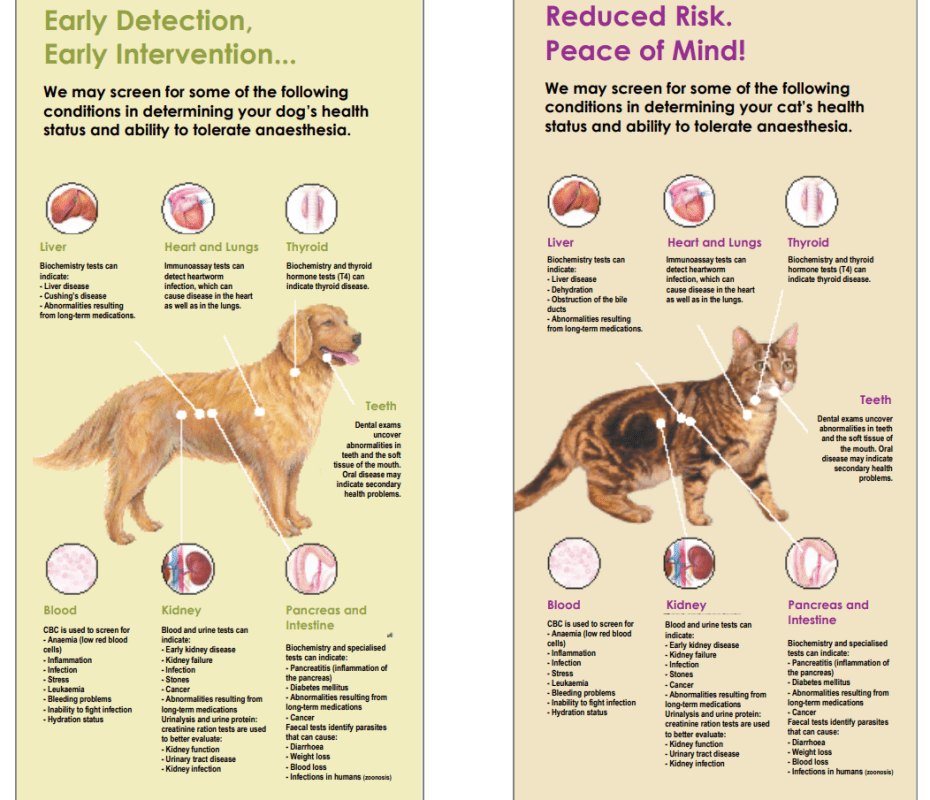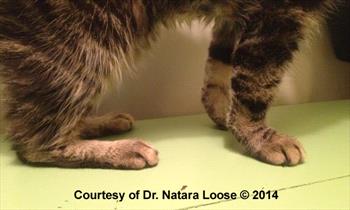
אַלץ איר דאַרפֿן צו וויסן וועגן בלוט טעסץ אין קאַץ
An effective treatment can only be prescribed after a thorough diagnosis. This applies not only to people, but also to animals. Cats are also given blood and urine tests and ultrasounds. We understand what a blood test shows in a cat and how to prepare it for the procedure.
ינהאַלט
When to Get Your Cat Tested
Symptoms for which you need to show the animal to the veterinarian:
- עסן אָפּזאָג,
- וואַמאַטינג,
- stool disorders,
- אפאטיע,
- דיסאָריענטירונג,
- קאַנוואַלשאַנז
- urinary problems,
- שלאַפֿקײט,
- פּלוצעמדיק וואָג אָנווער
- האָר אָנווער,
- teary eyes,
- יטטשינעסס
The causes of discomfort are very diverse. To diagnose the disease, the specialist will conduct a complete examination: examination, history taking, blood sampling, ultrasound, and possibly other diagnostic methods may be needed. First of all, the cat will be prescribed a general and biochemical blood test. They allow you to get a fairly complete picture of the state of the animal.
Also, a blood test is taken from cats to monitor the course of treatment and avoid the development of complications. And for the purposes of prevention, it is recommended to do tests once a year for animals even without signs of disease. Some diseases are asymptomatic for a long time, destroying the body.
What will the general clinical blood test show
Primary diagnosis begins with a complete blood count. It allows you to detect the inflammatory process, anemia, dehydration, detects autoimmune and allergic reactions and parasites.
Indicators of the general blood test:
- Erythrocytes. They contain hemoglobin and protein, participate in gas exchange, transport nutrients, remove toxins.
- Hemoglobin. Takes a direct part in the gas exchange process – carries oxygen and performs a buffer function
- Hematocrit. Shows the number of red blood cells in the blood.
- Color index. Expresses the relative content of hemoglobin in one erythrocyte. Helps to diagnose the type of anemia.
- Average content of hemoglobin in erythrocytes. Measured in absolute terms. Talks about the nature of anemia and its causes.
- Sedimentation rate of erythrocytes. Nonspecific indicator of inflammation. Allows you to assess the severity of the disease, may indicate the development of malignant processes.
- Leukocytes. Describe how a cat’s immune system works. For diagnosis, the ratio of cells is important: lymphocytes, neutrophils, monocytes, basophils and eosinophils.
- platelets. Blood cells that are responsible for blood clotting.
An increase in the level of red blood cells can indicate diseases of the lungs and heart, a decrease in white blood cells, and liver disease. Lymphocytes grow during infections, stress and anemia. The interpretation of the analysis must be done by a veterinarian, he will take into account all the symptoms and the results of other examinations.
What will a biochemical blood test show
A biochemical blood test of a cat is carried out to evaluate the work of all body systems, analyze metabolism, water-salt balance, and identify pathologies.
Indicators of a biochemical blood test:
- total protein. Functions: maintains blood pH, participates in transport (for example, hormones), participates in blood clotting, immune responses, and many others.
- Alkaline phosphatase. An enzyme that is synthesized in organs such as the liver, pancreas, kidneys; its increase is characteristic of many pathologies
- Glucose. Provides the body with energy.
- Urea. Allows you to evaluate the work of the urinary system.
- Creatinine The product of protein metabolism in the muscles, excreted by the kidneys.
- Cholesterol. Characterizes lipid metabolism, participates in the synthesis of hormones, bile acids.
- Creatine kinase. Fills skeletal muscle tissue and is consumed during exercise. In domestic animals, creatine kinase levels are evaluated as a marker of muscle damage resulting from trauma, surgery, intramuscular injections, or congenital myopathy.
- ALT and AST. Enzymes that are found in heart and liver cells, as well as in skeletal muscles. Participate in the metabolism of amino acids. Actively released into the blood in the presence of pathologies.
- Triglycerides. They help to evaluate the work of the heart and blood vessels, as well as energy metabolism.
- Alpha amylase. Responsible for the production of saliva, participates in the process of processing carbohydrates. Produced by the pancreas and salivary glands.
- GGT (gamma-glutamyl transferase). Enzyme involved in amino acid metabolism
- Electrolytes (potassium, sodium and chlorides). Participate in nerve conduction, are responsible for pressure and water balance.
Elevated glucose levels can indicate diabetes mellitus, a lack of urea can indicate liver disease, an increase in cholesterol can indicate kidney disease, hypothyroidism, high AST can indicate heart or liver disease. The interpretation of the analysis must be done by a veterinarian, he will take into account all the symptoms and the results of other examinations.
When to Get Your Cat Tested
In order to be less worried about your furry pet, it is important to understand how a blood test is taken from cats. In fact, the whole procedure takes no more than 10 minutes. The doctor fixes the cat on the table so that it cannot accidentally injure itself. Then he finds a vein and inserts a sterile needle. Then the blood is placed in a special test tube.
Before carrying out the blood sampling procedure, it is recommended to keep the animal on a starvation diet, protect it from stress and cancel medications. The decision to discontinue medication should be made in consultation with the veterinarian.
Do not refuse diagnostics for fear of causing discomfort to the animal: serious diseases require careful and timely treatment. And preventive visits to the veterinary specialist will help maintain the health of the cat at a high level.





